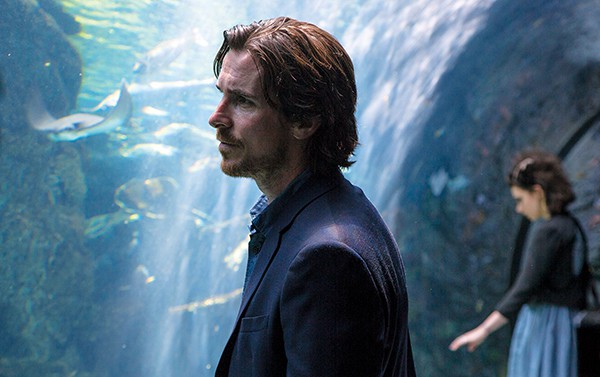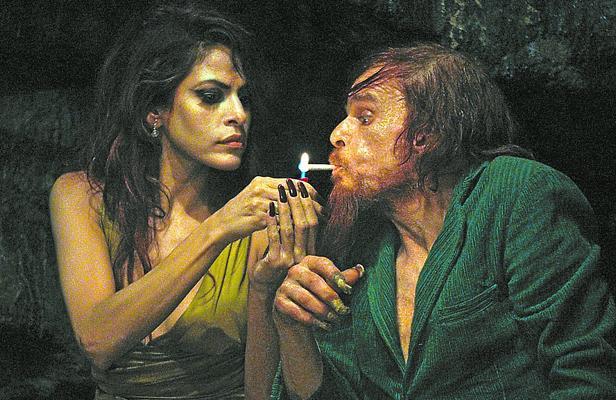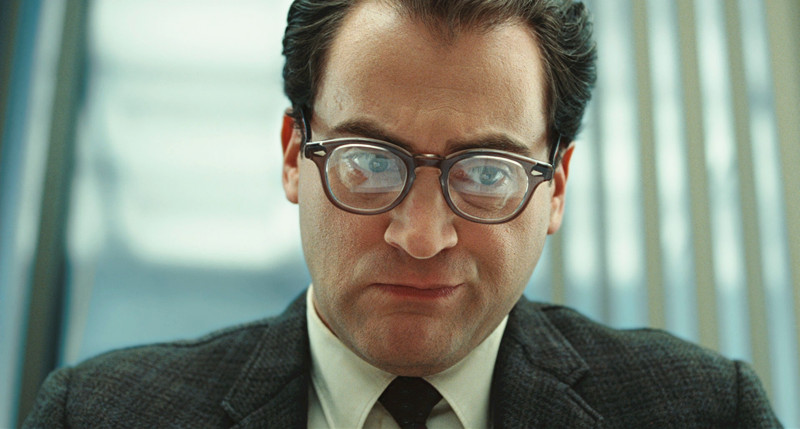5. Only God Forgives (2013)

Danish director Nicolas Winding Refn has garnered great acclaim for “Drive” and won the Best Director award at the Cannes Film Festival. But his next film, “Only God Forgives” received harsh and cruel criticisms, and was even booed by the audience at the Cannes premiere. This contrast reveals Refn’s cinema perfectly.
In Bangkok, Julian (Ryan Gosling) is a laconic, near-mute boxing promoter whose gym serves as a front for him and his family’s criminal enterprise. His brother Billy (Tom Burke) is a loose cannon of a crook.
When Billy is killed in an altercation with a murdered prostitute, crime matriarch Crystal (Kristin Scott Thomas) flies into Thailand to oversee her family’s revenge. At the same time, the ethereal, spirit-like Thai police officer Chang (Vithaya Pansringarm) glides through the scenes, striking out at the family of brutal criminals.
“Only God Forgives” is far from the traditional and contemporary narrative in terms of its dramatic structure. It leans on its symbolism and visual structure, and the form stands out.
At the end, even though it has mesmerizing cinematography, it becomes a messy experience that is very difficult to follow, even for those who can hang with Refn.
4. Knight of Cups (2015)

The themes of the quest, uncertainty, silence, and existential suffering that we are used to seeing in Terrence Malick’s films, emerge again.
Rick (Christian Bale) is a depressed screenwriter who lives in Los Angeles, dependent on success and the glamorous life of Hollywood. In time, with the help of unhealthy relationships with his brother and with women, he begins to realize the superficiality and meaninglessness of his highly respected but equally emptied world and finds himself in search of meaning.
It’s the story of a man oppressed by the influence of modern times and the unknown burden of past life. With its calm and thought-provoking structure, it sincerely touches on today’s distorted social values.
No shot follows another one with continuity, and that helps give a temporariness feeling throughout the film. It’s a great choice for those who wonder about purgatory instead of heaven.
But for the ones who could barely stand “The Tree of Life,” of course it might turn into torture…
3. Holy Motors (2012)

Does the film tell a story? No, a life. The story of a life? No, it’s an experience of being.
After a long break, “Holy Motors,” which competed for the Palme d’Or in Cannes, proved that French filmmaker Leos Carax made a tight return to cinema.
It is essential to seek the motivation of Carax in the French New Wave movement, which opposes the classical narrative techniques in “Holy Motors.” However, we can say that this is limited to motivation alone. Because we see that “Holy Motors” is not interested in touching on social issues, which is one of the characteristics of New Wave.
All of the strange components of “Holy Motors” serve a single purpose or aimlessness. It’s a tale that does not accept the limits of reality, offers psychedelic experiences, and never promises to be consistent. From science fiction to musical, film noir to thriller, it travels in a wide range.
It attacks the audience’s classic perspective, shows the doors of other rooms. At the end, seeing the inside of the room is our will.
And one of the most important factors that make the film so powerful is the fabulous performance of Denis Lavant.
“Holy Motors,” which we can call a parody of modern life or examine it as a projection of society reduced to a single body, is never the kind that can be understood from a single point of view.
A slap, a kiss and then another slap…
2. A Serious Man (2009)

“A Serious Man” is a “pure” Coen Brothers film. It’s also the most personal work in their filmography.
Larry Gopnik, a professor of physics at a university in Central America, learns that he has been abandoned by his wife Judith. She fell in love with Larry’s colleague Sy Ableman, who cared more about her. When Judith leaves the house, she doesn’t hide her relationship, and her idle brother, Arthur, moves into the house and Larry takes on the responsibility.
His son Danny has a serious disciplinary problem and his daughter is a shopaholic. Larry also deals with sabotage letters and bribe offers sent to him. In the midst of all this, Larry has no idea what he’s doing.
With the internal conflicts, chaotic atmosphere, and open-ended finale, “A Serious Man” takes a truly interesting position.
If this film has a dominant idea, then nothing is absolute in life. And of course, with its uncompromising approach, it is not a good stop for those who want a film with clear lines. It does not seek answers to any questions while continuing to ask new ones.
For the Coens, life is not a range of causes and consequences. Life has no such rhythm or systematic. Life is unknown and unpredictable. For them, life is like a hose shown in part of the film. It is impossible to predict when it will emerge, what it will destroy, and when it will disappear. The Coens’ cinema is almost nihilistic. This may be the reason for the feeling of heaviness in the audience while watching their films.
“A Serious Man” will amaze some audiences, and of course leave many spectators unsatisfied and confused.
1. Post Tenebras Lux (2012)

It was never easy to describe Mexican filmmaker Carlos Reygadas in his career, which began with the “Japon” (2002). And “Post Tenebras Lux” is one of the most innovative examples of Reygadas’ bold, free and controversial cinema.
It’s semi-autobiographical, and the narrative follows a rural couple in Mexico, with additional scenes from England, Spain and Belgium – all places where Reygadas has lived.
In Cannes, the film divided the audience in two, ended between belligerent boos and applause, and won the Best Director award.
This unsettling and very powerful cinematic experience analyzes the complex dilemmas of human nature, and draws its strength not from the story but from an uncanny and original visual journey. With little use of dialogue, it highlights characters and places.
The use of the camera, which bends time and space and plays with realism, makes surreal elements stand out. At many points, we can measure what is real and what is illusion according to the reaction of the characters.
Even though it’s very self-indulgent and incoherent in structure, it still might have an enormous impact.
One of the most genuine examples of pure cinema.